
The global CIO community
Where technology’s visionaries lead together
Drive the future of technology innovation
Collaborate with industry trailblazers, uncover groundbreaking strategies, and gain access to exclusive resources designed for visionary CIOs and CTOs.

The CIO community
Where innovation meets connection
HotTopics' CIO Community is where technology’s boldest leaders converge to shape the future. Connect with the sharpest minds, ignite bold conversations, and gain insights that drive real-world transformation.
We empower you—personally and professionally. Through curated experiences, iconic venues, and exclusive events, we create opportunities to build lasting relationships with peers across the globe.
Lead boldly, inspire change, and shape the next era of technology.
Why join the CIO community
This is not your standard professional group. We unite the sharpest minds, boldest thinkers, and proven leaders to explore the future of technology leadership. With every connection, conversation, and event, we empower you to push the boundaries of technology within your organisation.
Executive networking
Connect and collaborate with peers in our global network.
Inspirational events
Fuel your innovation at transformative events
Industry insights
Access cutting-edge insights from industry leaders
C-suite Awards
Recognise excellence with our C-suite awards


Digital inclusion: The tech community's responsibility
Virtual event
22 Jul 2025



Technology Leaders Advisory Board Meetup - September
Virtual event
23 Sep 2025





From content chaos to intelligence: What AI means for enterprises
Virtual
13 Nov 2025


Technology Leaders Advisory Board Meetup - November
Virtual event
25 Nov 2025

Go for growth: Simplifying data, maximising value
Deutsche Bank Park
27 Nov 2025


Nashville Advisory Board Meetup - December
Virtual event
9 Dec 2025

The Global CIO and Future CIO 100
Meet the Top 100 Global CIO Award Winners, nominated by our global community and selected by our independent judges.
CIO insights
Expert perspectives shaping technology's future
Tap into the expertise of the world’s leading CIOs and gain unparalleled insights into the ever-evolving technology landscape. From cutting-edge trends to transformative strategies, these perspectives empower you to navigate challenges, seize opportunities, and lead with clarity in a complex digital world.
CIO interviews
Conversations that inspire and inform
Gain direct access to the insights of the most influential voices in the C-suite. Through in-depth interviews, uncover strategies, experiences, and perspectives that illuminate the evolving business landscape and redefine what’s possible in leadership and technology.
Meet the
Technology Advisory Board
Shaping the future of technology leadership
The HotTopics Technology Advisory Board is comprised of some of the most influential and forward-thinking leaders within our global community. Each member brings unparalleled expertise and visionary leadership, shaping our mission to drive innovation, excellence, and transformative change within the global technology landscape.

Alejandro Becerra
Digital Security Director, Telefónica

Alison Davis
ED, IT/Business Relationships, GE Healthcare

Anna Barsby
Founder and Managing Partner, Tessiant

Anna-Lisa Miller
Group CIO, Spectris plc

Avril Chester
CTO, Royal Pharmaceutical Society

Bradley Schaufenbuel
VP and CISO, Paychex

Brian Brackenborough
CISO, Channel 4

Catherine Buhler
Executive Director, Impleo

Charlotte Baldwin
CIO, Burberry

Christina Scott
Chief Product and Technology Officer, RWS Group

Christopher Neal
Global CISO, Ramsay Health Care

Conor Whelan
Group CIO, The Access Group

Deborah Wheeler
CISO, Delta Air Lines
.jpg)
Donna Ross
CISO, Radian

Eileen Jennings-Brown
COO, Exergy3 Limited

Freddie Quek
Board Director, eLife Sciences Publications

George Eapen
Corporate CTO and CISO, Abdul Latif Jameel
.jpg)
Georgina Owens
NED, OLA CAB

Ian Cohen
Managing Director, Lumen 360

Inken Braunschmidt
NED, TT Electronics plc

Itumeleng Makgati
Divisional Executive: Group Technology, Nedbank
.jpg)
Joanna Drake
CTO, THG

Juan Villamil
Group Chief Innovation Officer, UBDS Group

Les McCollum
SVP, Deputy CISO, Synchrony

Liz Banbury
CISO, Thames Water

Mark Walmsley
MD, Global CISO, Freshfields Bruckhaus Deringer

Norma Dove-Edwin
Group CDO & CIO, Rolls-Royce

Paul Coby
CIO, Persimmon Homes

Robert Sheesley
Board Member / CIO, Bump Social

Vukosi Sambo
CIO, STM Healthcare Investments, PHA & Marara Group

Connect with C-suite leaders

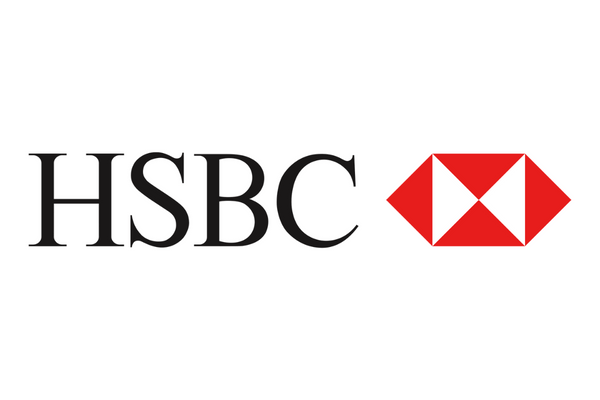



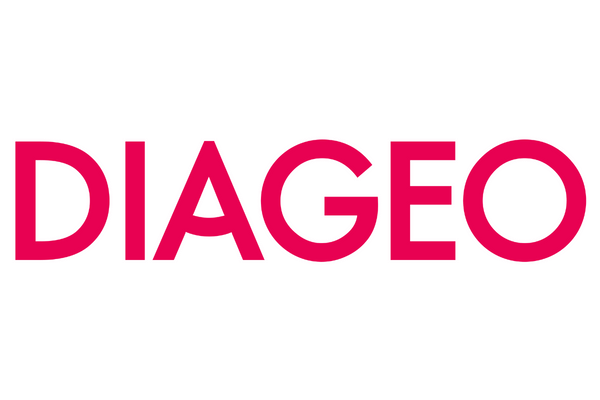

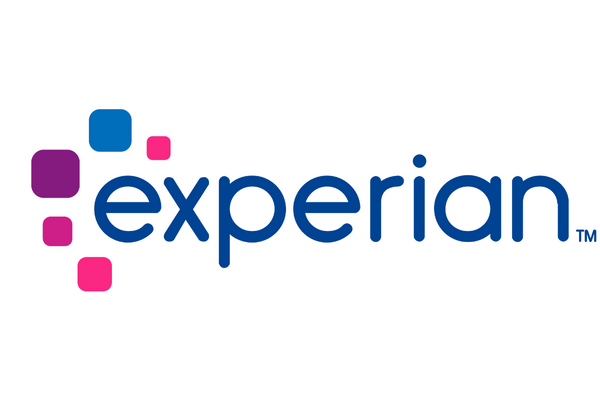
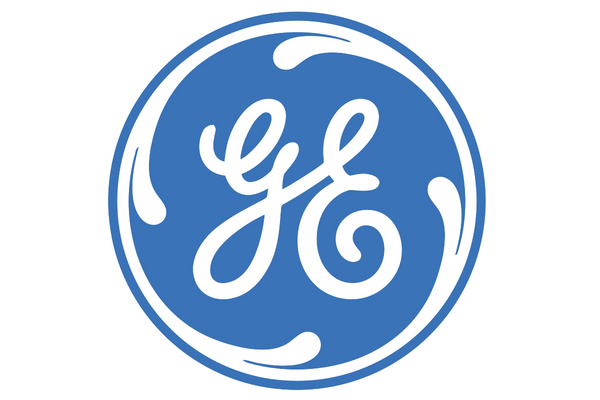
/Partner%20Logos%20(600x400)/NTT.jpg?width=600&height=400&name=NTT.jpg)
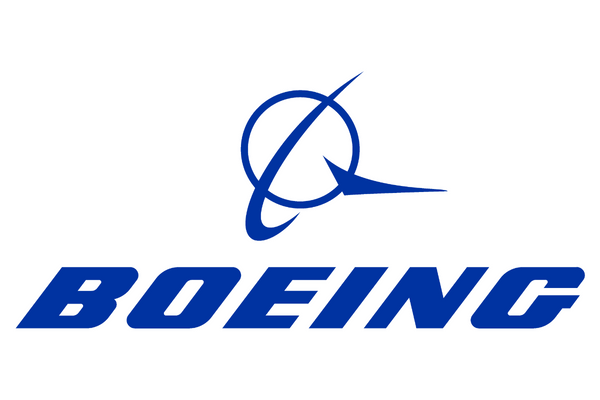


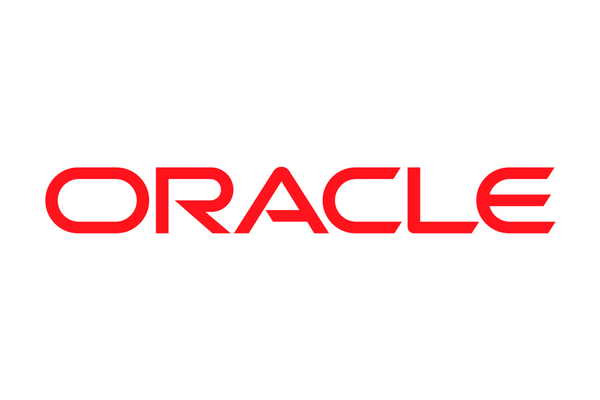

/Company%20Logos%20(600x400)/ForgeRock.jpg?width=600&height=400&name=ForgeRock.jpg)
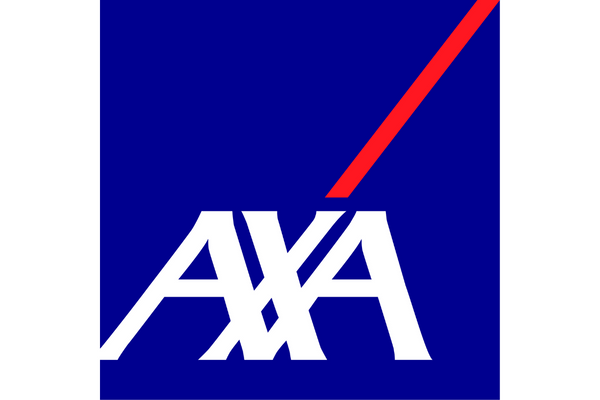
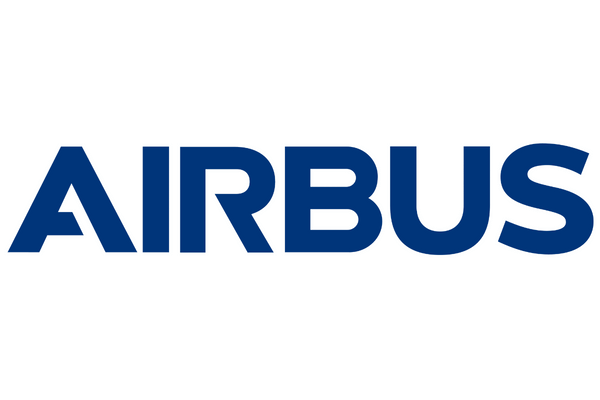

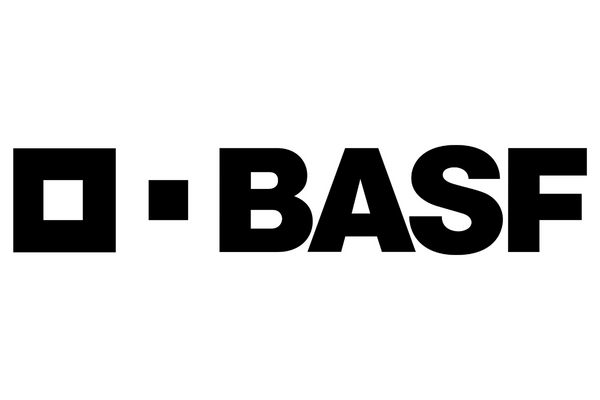

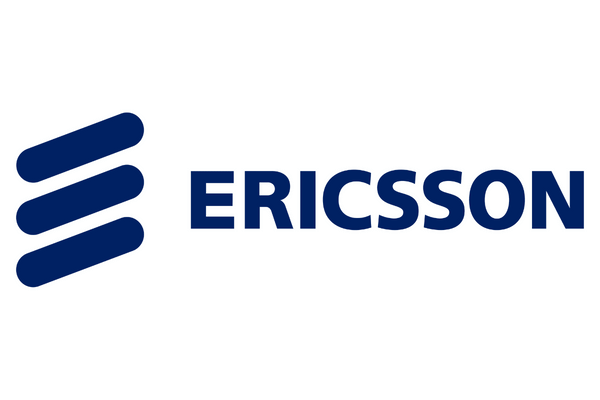



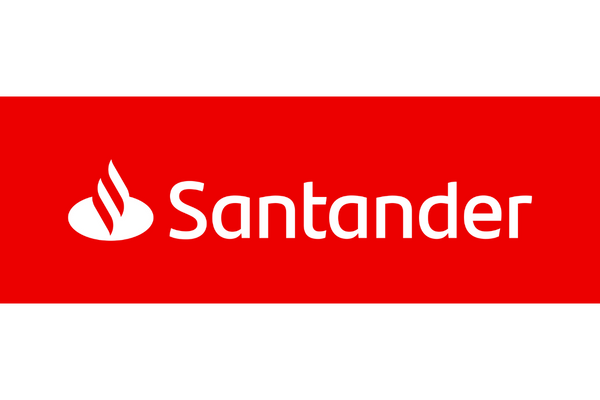


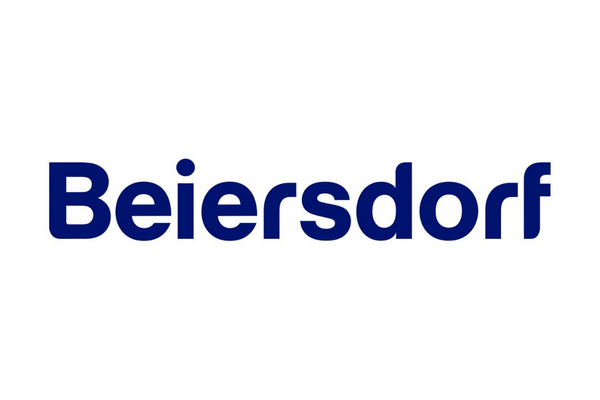


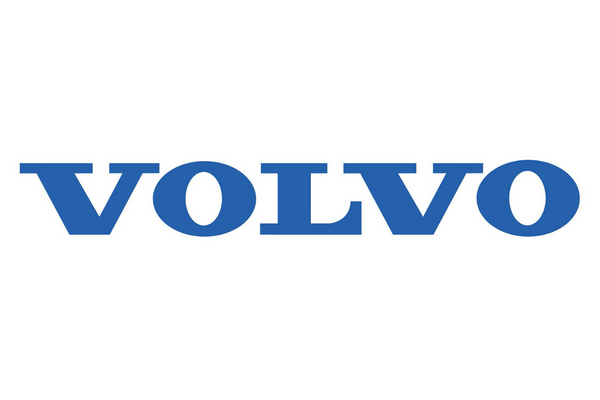







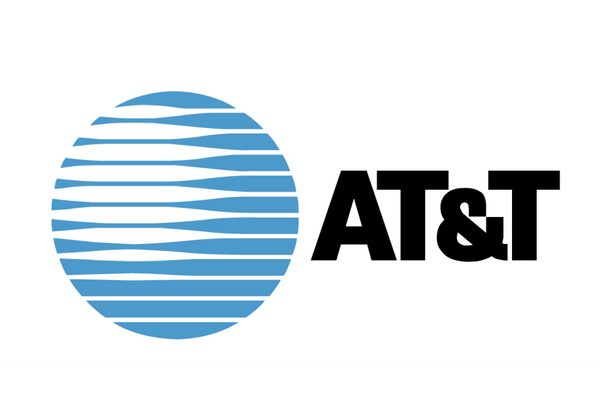

/Company%20Logos%20(600x400)/Walgreens-min.png?width=600&height=400&name=Walgreens-min.png)

